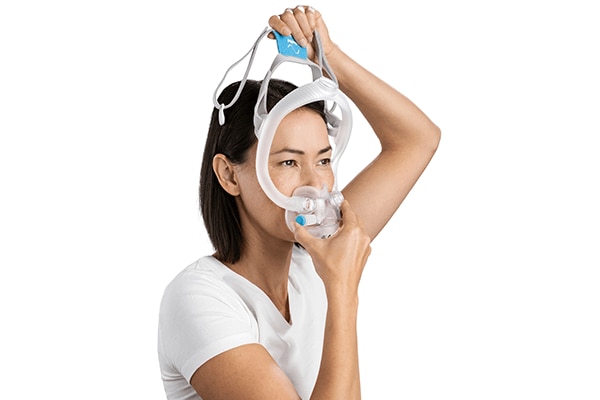How to fit a CPAP mask: from managing leaks to choosing the right size

December 6th 2022
A well-fitting mask creates a good seal that prevents air from leaking out – and is more comfortable too! So how do you achieve a great fit? In this article, we answer mask fitting FAQs and share our tips for successful CPAP mask fitting.
Click to jump to the topic that interests you:




